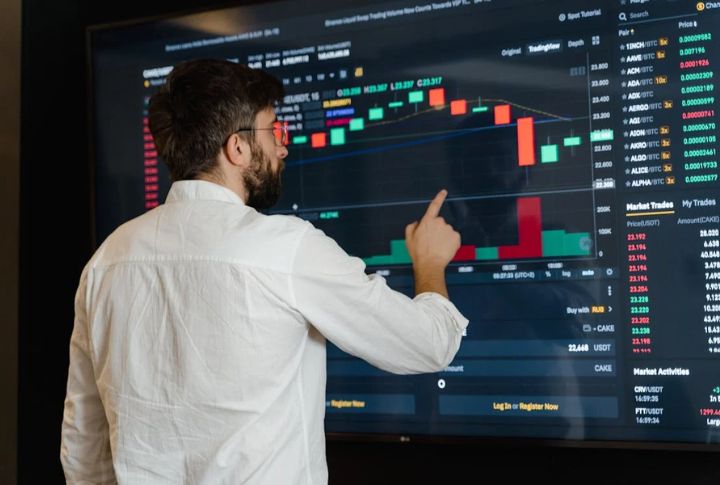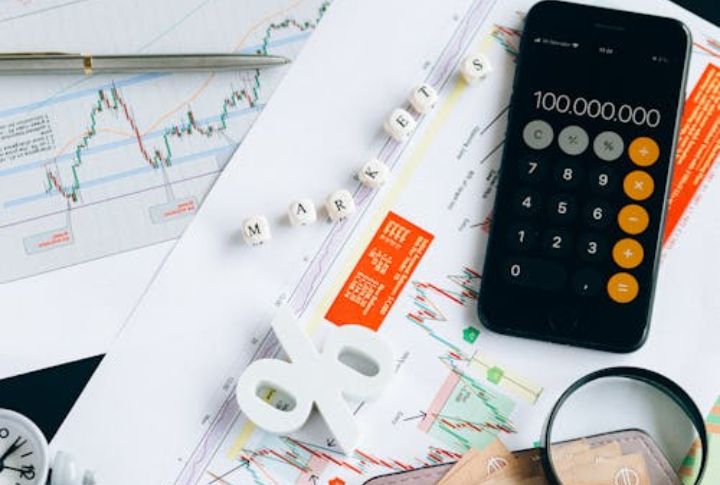
Markets move fast, and rates can change before you’ve had time to think twice. Traders, investors, and businesses often face a choice: act on today’s rate or lock something in for later. Understanding how the two approaches work can change how decisions are made. So, let’s break down the essentials of spot and forward rates in clear, simple terms.
Spot Rate Basics

On trading floors, the spot rate is like a snapshot that captures the price right now for immediate settlement. It’s shaped entirely by current market forces, shifting throughout the day as buyers and sellers react. Many financial instruments use it as a benchmark. That’s why it’s the heartbeat of short-term pricing.
Forward Rate Setup

Forward rates are agreed upon now for transactions happening down the road. They are based on current spot rates and the gap in interest rates between currencies. Though they promise a fixed rate, the real spot rate on the day often tells another story.
Risk Tolerance In Play

Markets speak in terms of risk. Spot rates expose traders to the market’s mood swings in real time, while forward rates shield against those moves but can also miss profitable surges. Choosing between them reflects how much unpredictability a business or investor is ready to accept.
Regulatory And Compliance Factors

Rules around forward contracts can be strict, especially in highly regulated markets. Reporting standards vary by country, and missing them can be costly. Central banks may even step in to nudge rates in a certain direction. Hence, staying compliant is a core part of managing these transactions.
Economic Data Impact

Economic headlines move more than stock prices, and they shake currency rates too. Inflation spikes, GDP reports, and jobs data can jolt spot rates within minutes. Forward rates react as well, though often at a slower pace. Traders plan around release calendars, ready for those pivotal data drops.
Hedging With Forwards

In international trade, currency moves can make or break margins. Forward contracts are a defense to protect importers and exporters from nasty surprises in exchange rates. But if the market shifts in their favor later, the locked rate can feel like a missed opportunity.
Interest Rate Signals

Forward rates are molded by expectations about interest rates ahead. If central banks are signaling hikes or cuts, that sentiment filters into pricing. Traders track policy announcements like hawks as they know a single rate decision can reshape the forward curve overnight.
Timing The Settlement

The clock ticks differently for spot and forward deals. Spot trades wrap up in two business days for most currencies. Forward contracts, however, follow a schedule set months in advance. This timing shapes cash flow, accounting plans, and, sometimes, compliance checks when delays occur.
Choosing The Right Fit

Sometimes the choice is simple: spot rates fit quick needs, forward rates suit long-term planning. Market outlook and cash flow priorities tip the scales. Many firms avoid an all-or-nothing approach, blending both to capture flexibility and stability in one strategy. It’s about balance, not absolutes.
Liquidity Matters

Liquidity matters when money changes hands. Spot markets brim with activity, which keeps transaction costs lean. Forward markets, though useful, can be more complex. It requires formal agreements between parties. In thinly traded areas, that lower liquidity can widen spreads and make deals costlier.
